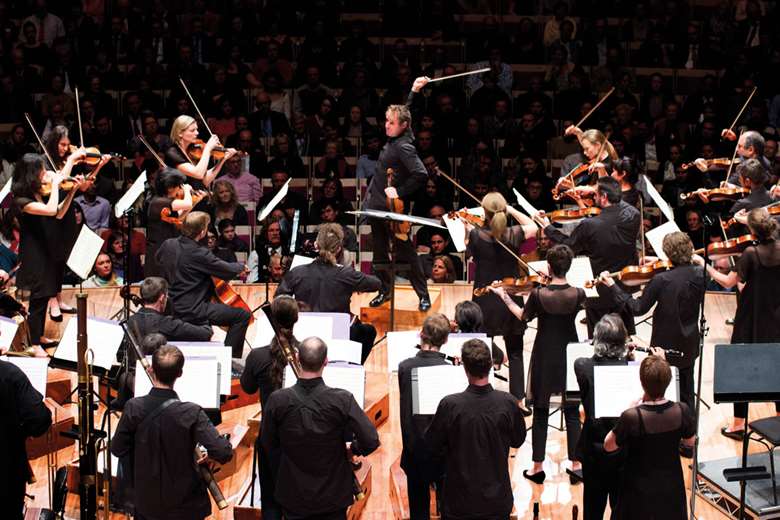Orchestra insight: Australian Chamber Orchestra
Andrew Mellor
Tuesday, September 25, 2018
Our monthly series telling the story behind an orchestra

An orchestra formed in the image of a passionate surfer? Only in Australia. The Australian Chamber Orchestra has become synonymous with Richard Tognetti, the determined violinist (and board-rider) who became its Artistic Director in 1990. The sometime pupil of viola player William Primrose set about instilling a revitalising, breezy energy in the ACO that would lead some to hail it as the finest chamber orchestra in the world.
Initially, the 23-year-old put some noses out of joint with his quest to ‘clean up the sludge’ in performances of Baroque and Classical repertoire. Tognetti was insistent that significant differentiations in character – the natural products of contrasting musical personalities and epochs – should distinguish interpretations from composer to composer. The world soon got wind of his work. Soloists wanted to travel down under to work with the ACO while New York, London, Amsterdam and Vienna wanted to tempt it north. Audiences in those cities were soon hearing an ensemble characterised by a tightness, crispness and focus that only made its frequent vivacity more endearing.
The ACO has spent the ensuing decades exploring repertoire from the Antipodes to the Baltics with Bach and Mozart as foundation stones. It has brought us recordings on Sony Classical, Chandos, Hyperion, BIS and ABC Classics. Much of the music it plays is transcribed (quartets by Beethoven, Schubert, Haas, Szymanowski, Janáček and Grieg as well as intriguing renderings of assorted violin and cello sonatas); much was written to order (by Sculthorpe, Vasks, Dean, Mazzoli) and much has been prompted by collaborations with non-musicians (filmmakers, actors, cabaret artists). The ideals of its founder John Painter, to nurture Australian music life from the roots up, remain: in 2016, the training orchestra ACO2 was born.
The ACO’s membership is now truly international, its programming characterised by in-depth relationships with choice soloists from Dawn Upshaw to Steven Isserlis. Its readiness to switch between period-specific and modern instruments, sometimes during the course of a concert (imaginative programming often necessitates it) underlines its respect for technique. But musicality and communication always come first.
Gramophone’s one-time description of the ensemble as ‘strong-minded but approachable’ remains as true as ever. The ACO has built up an impressive collection of priceless instruments, most recently taking possession of the 1726 Belgiorno Stradivarius. But its collective string sound, and judicious use of vibrato, feels very much of our time. Some find it wearing and conceited. Most, though, find it invigorating and highly cultivated – a breath of fresh, coastal air. Andrew Mellor
Listen to our special playlist on Qobuz
This article originally appeared in the September 2018 issue of Gramophone. To find out more about subscribing, please visit: gramophone.co.uk/subscribe











